This engraving process imitating the pencil was invented by an engraver of Flemish origin, Gilles Demarteau (1722-1776) who settled in Paris where he developed this original technique which earned him a pension from the King in 1769.
The paternity of the process was disputed by other engravers including Louis Marin Bonnet, one of whose engravings we present here, André Basset and Jacque Gautier d'Agoty.
The Study of a foot from the front and back is an exercise sheet for apprentice drawing students as indicated by the caption at the bottom, in the center of the sheet, "Principles Necessaries for Students". We do not know the first name or the dates of the engraver Courteille, mentioned on the left by "Courteille Sc.".
On the other hand, Daumont (1717-1768) whose name is mentioned on the right "Daumont ex" (ex for excudit, in other words "printed by", was a print dealer in Paris, he was a publisher and dealer.
The print presenting this Pied de face, was drawn by Blanchet, "Blanchet delin.", delin for delinevit or, "drawn by".
The print is engraved by Bonnet, "Bonnet Sculp.", as indicated by these two mentions appearing in the traditional manner, at the bottom of the sheet. In the center, we can read "A Paris, chez Bonnet, rue Galande", indicating that Bonnet is an engraver but also a print dealer, present at this address from 1767 to 1772.
Louis-Marin Bonnet (1736 or 1743-1793) is the engraver and dealer who tried to appropriate the creation of the engraving technique imitating the sanguine pencil invented by Gilles Demarteau (1722-1776) of whom he was a student. However, he is the inventor of wash and pastel in engraving.
The two prints are sold together, €500 per pair.
Beautiful modern frames in solid oak.




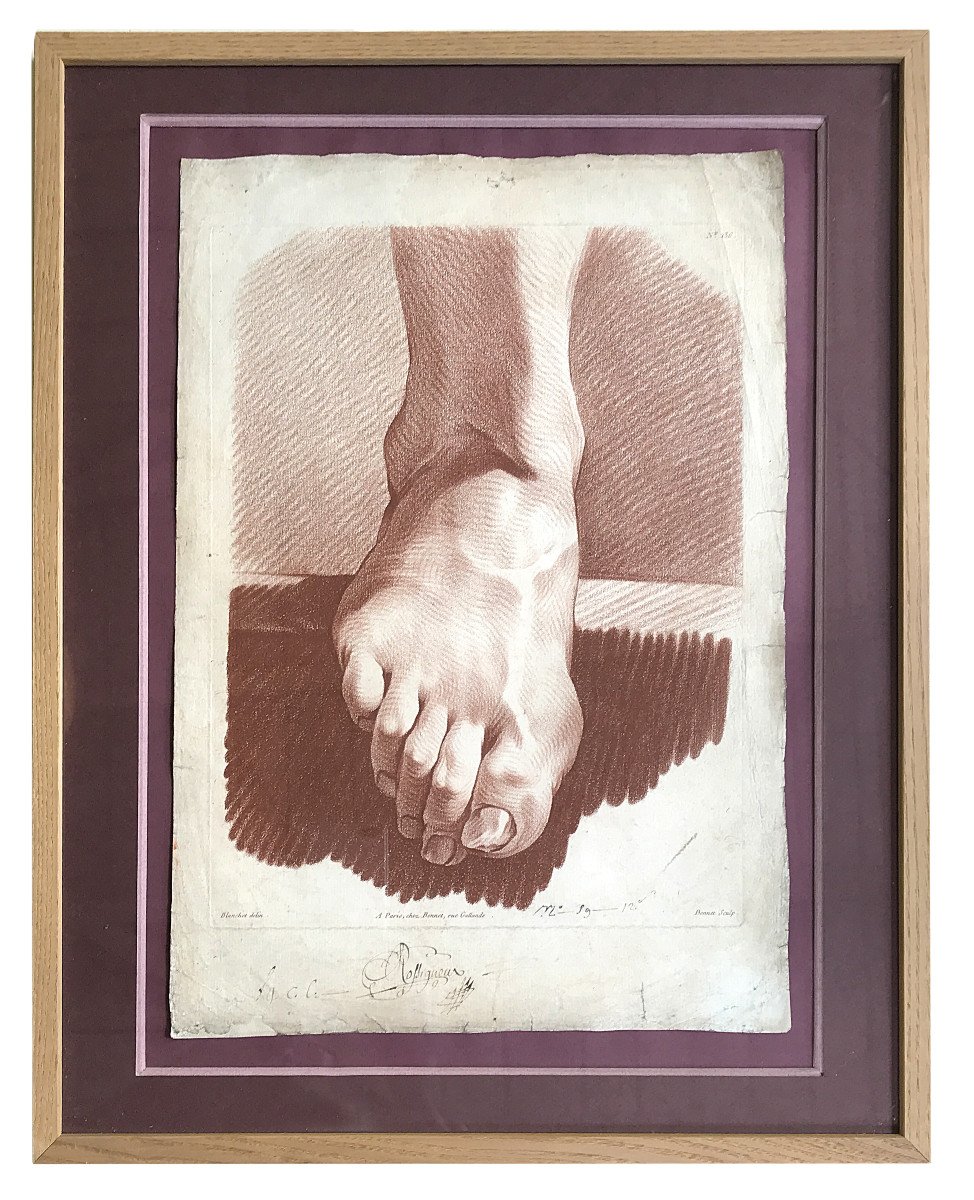
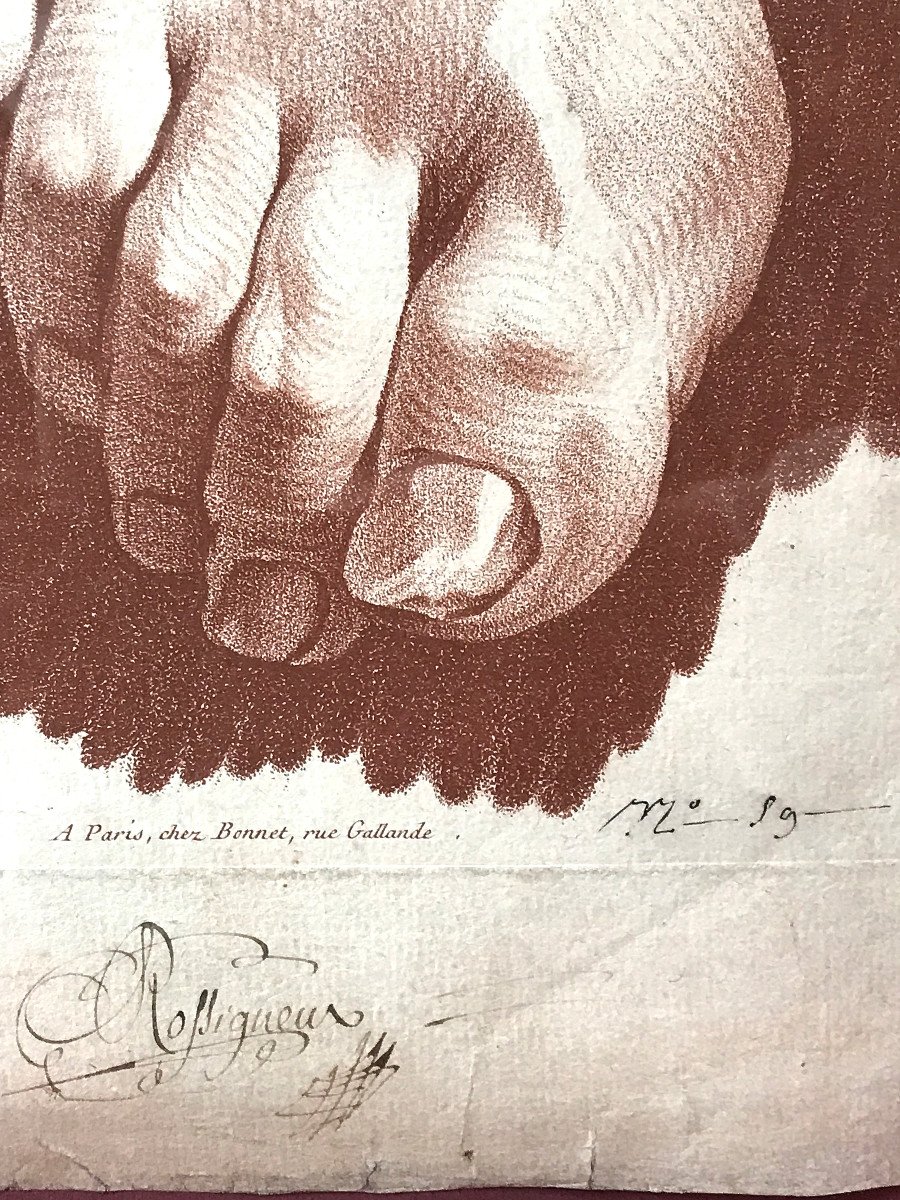

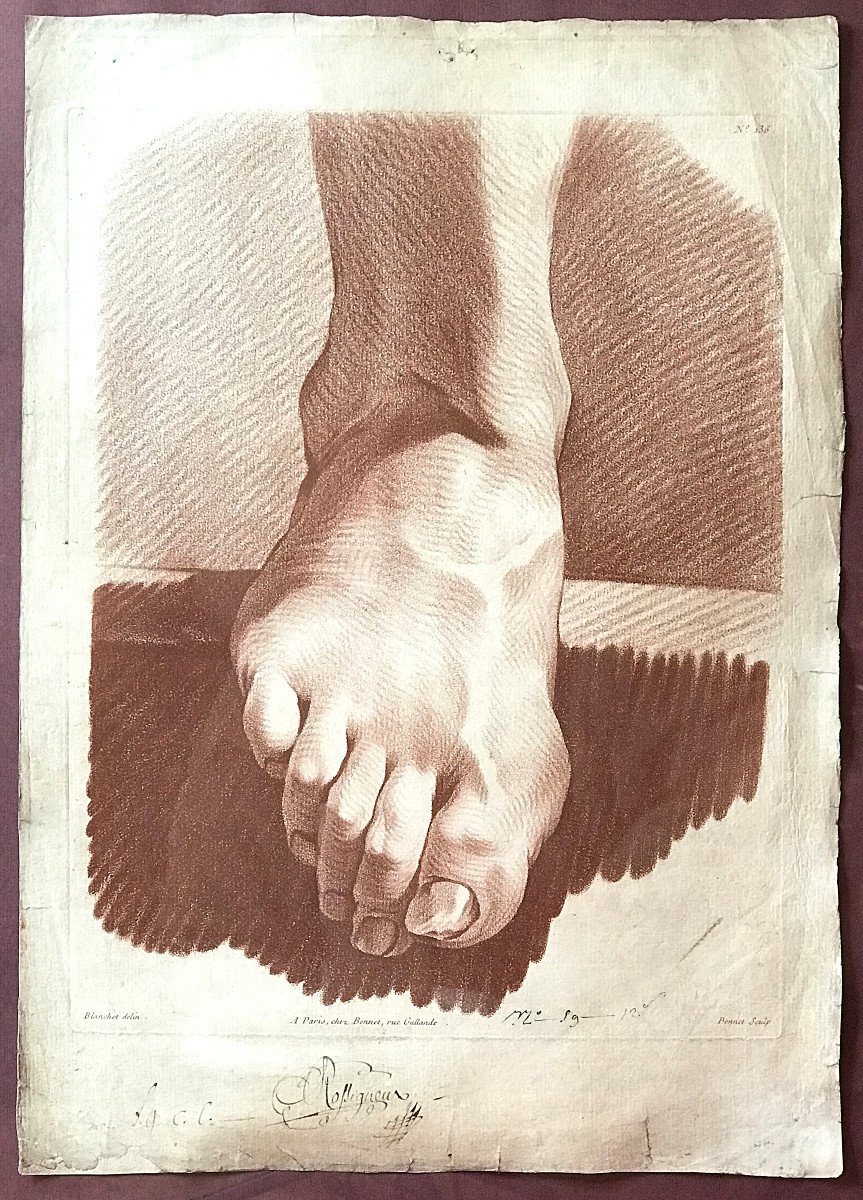
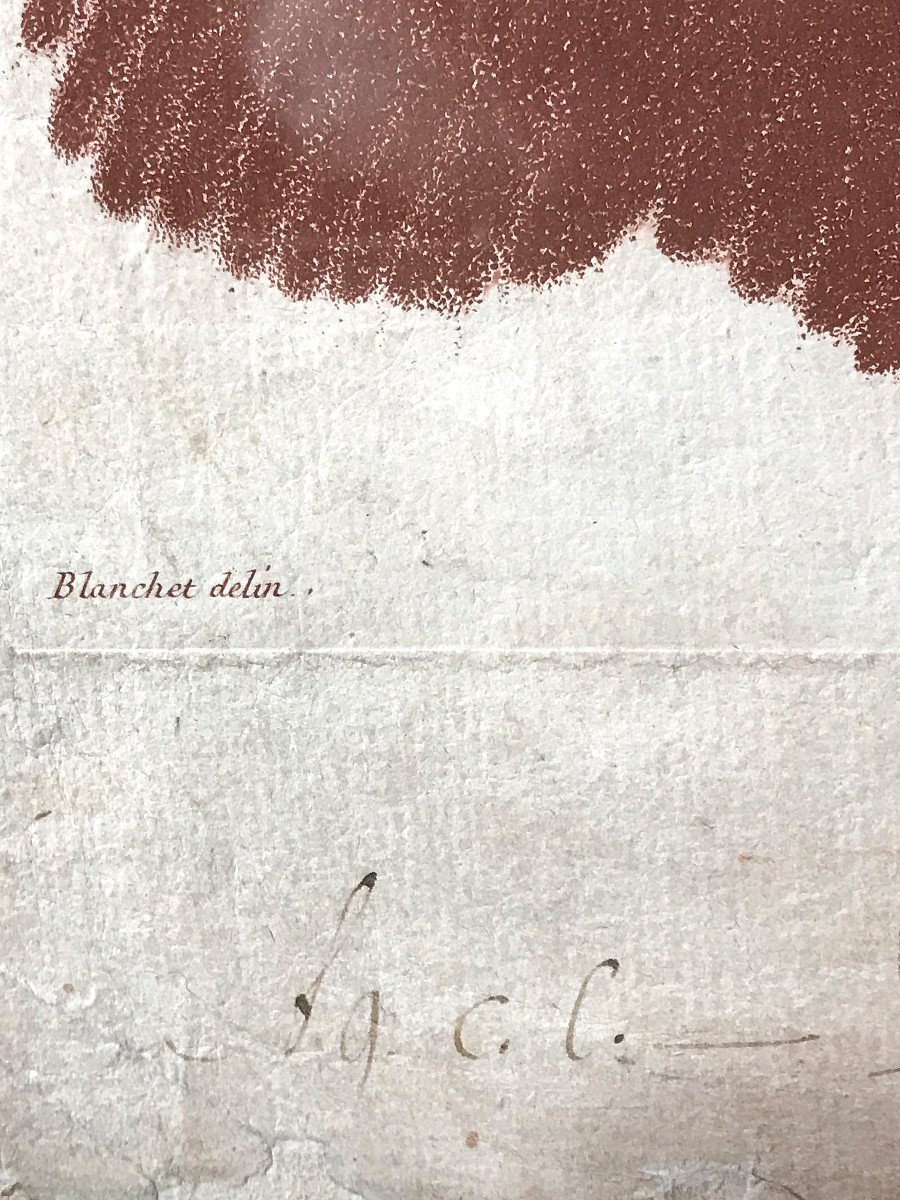
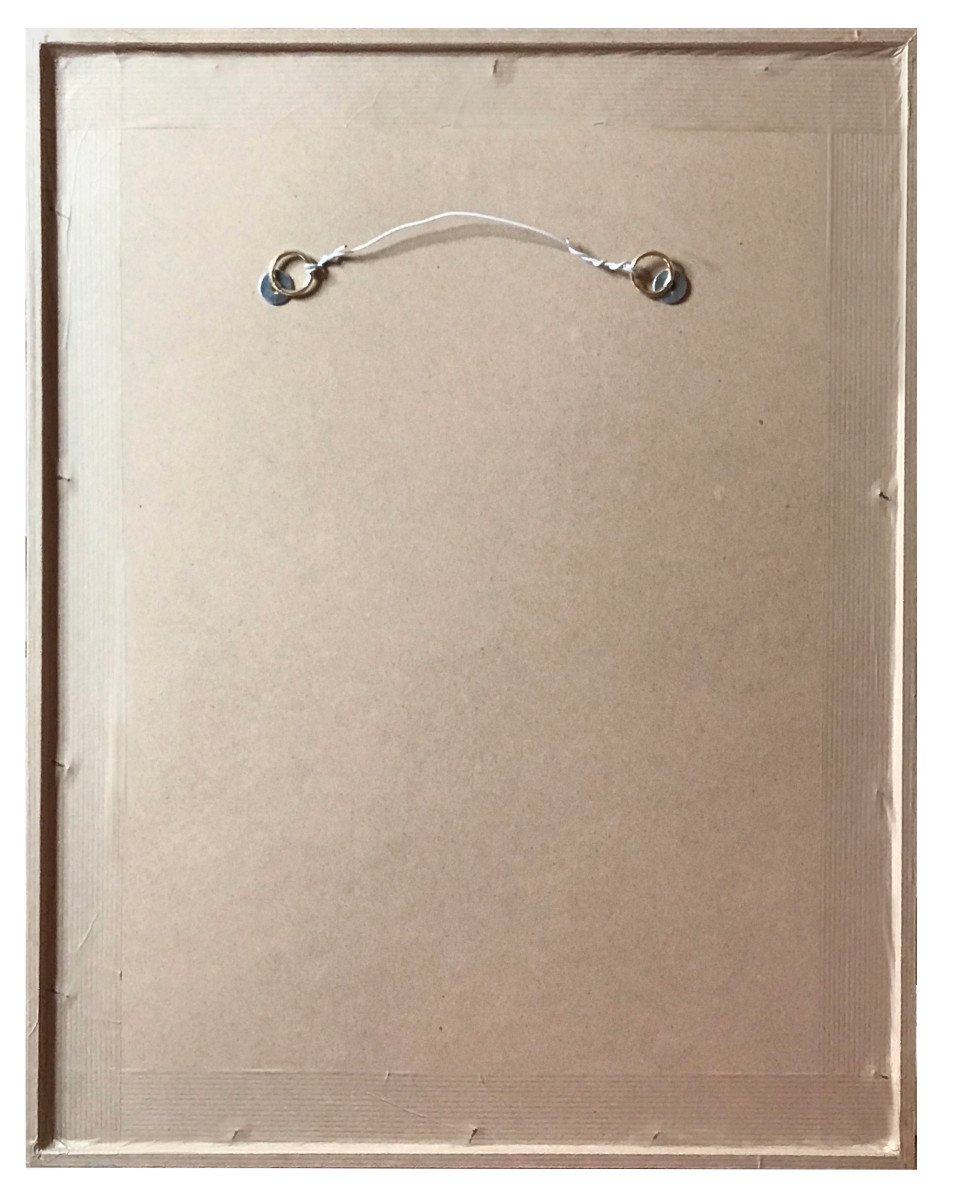
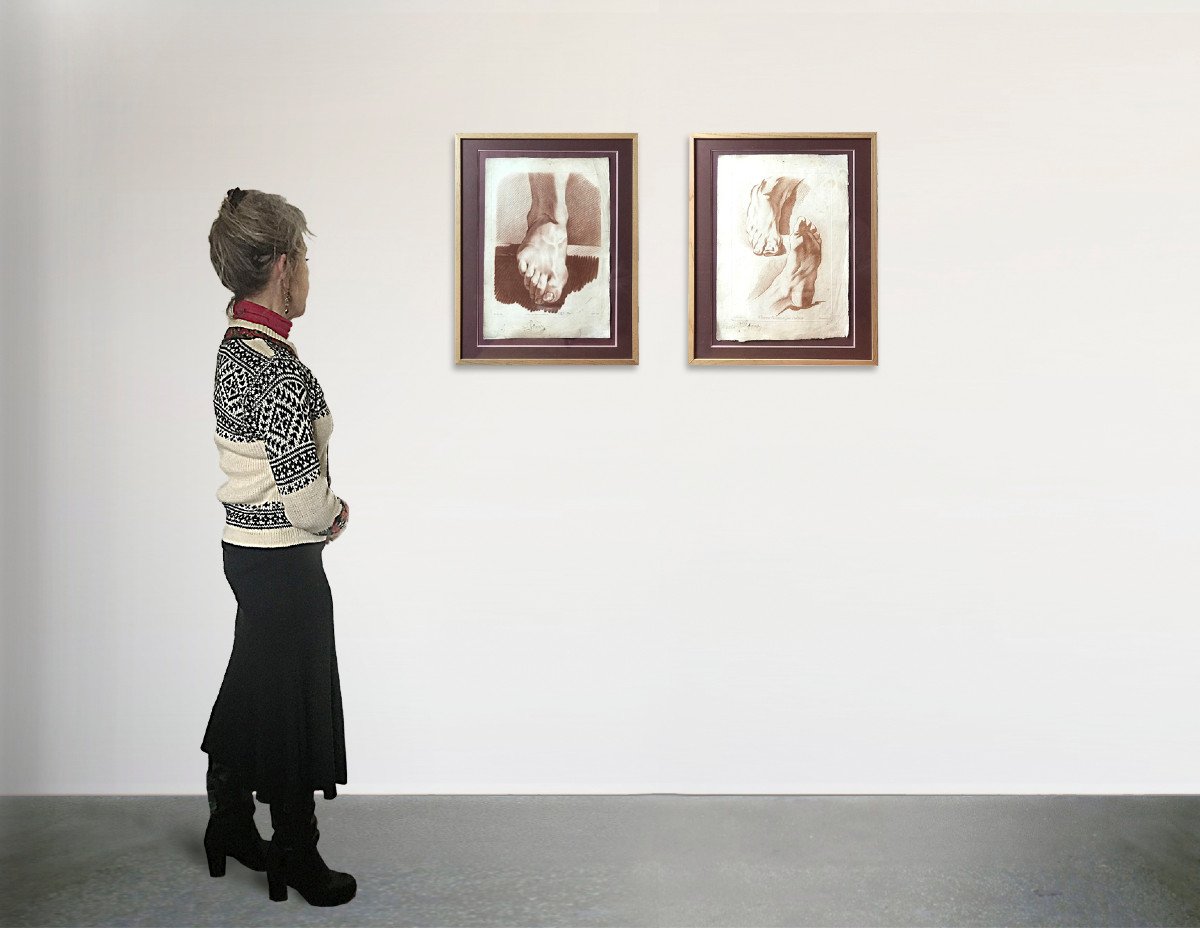









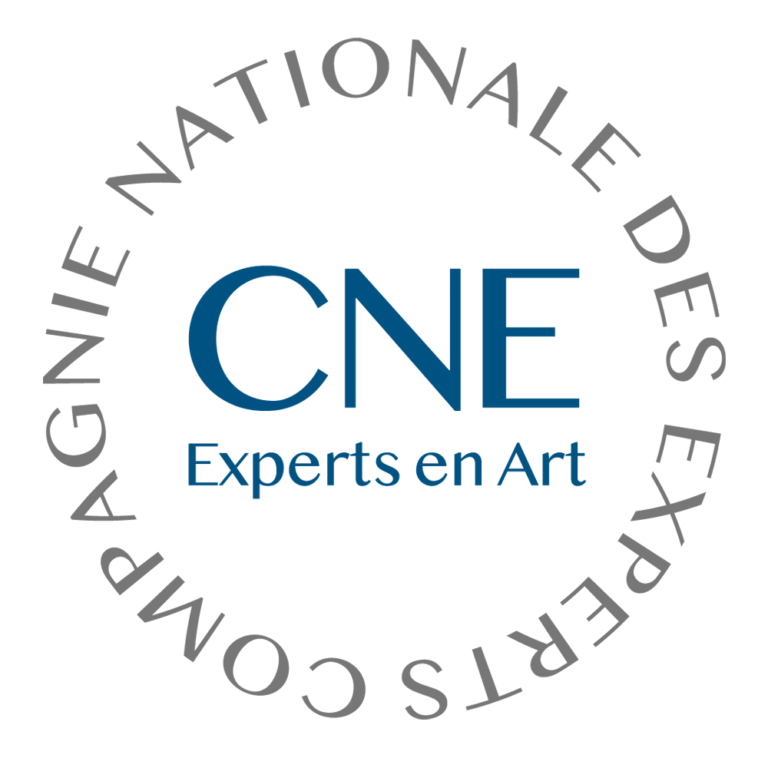





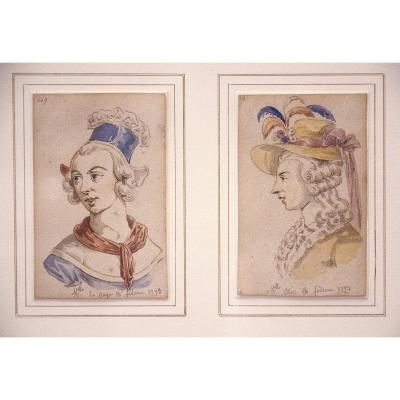

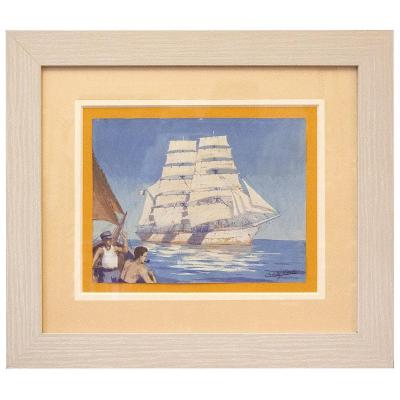
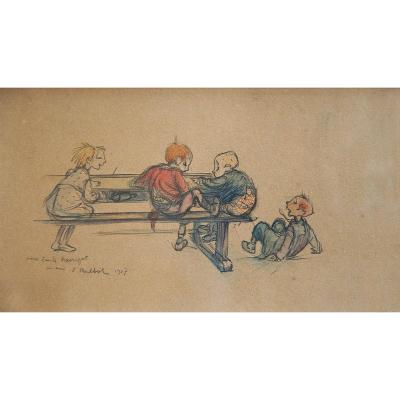


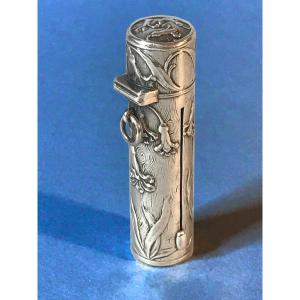

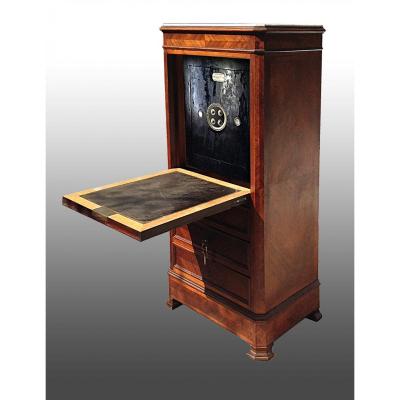


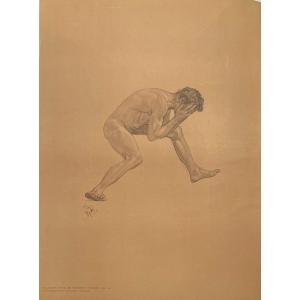


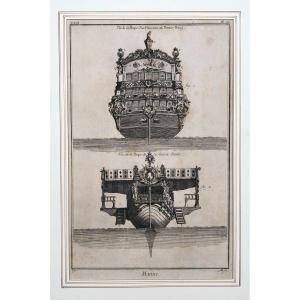
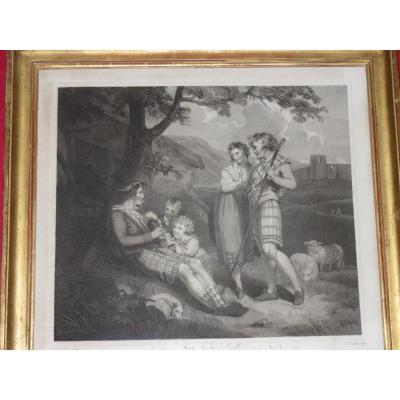



 Le Magazine de PROANTIC
Le Magazine de PROANTIC TRÉSORS Magazine
TRÉSORS Magazine Rivista Artiquariato
Rivista Artiquariato